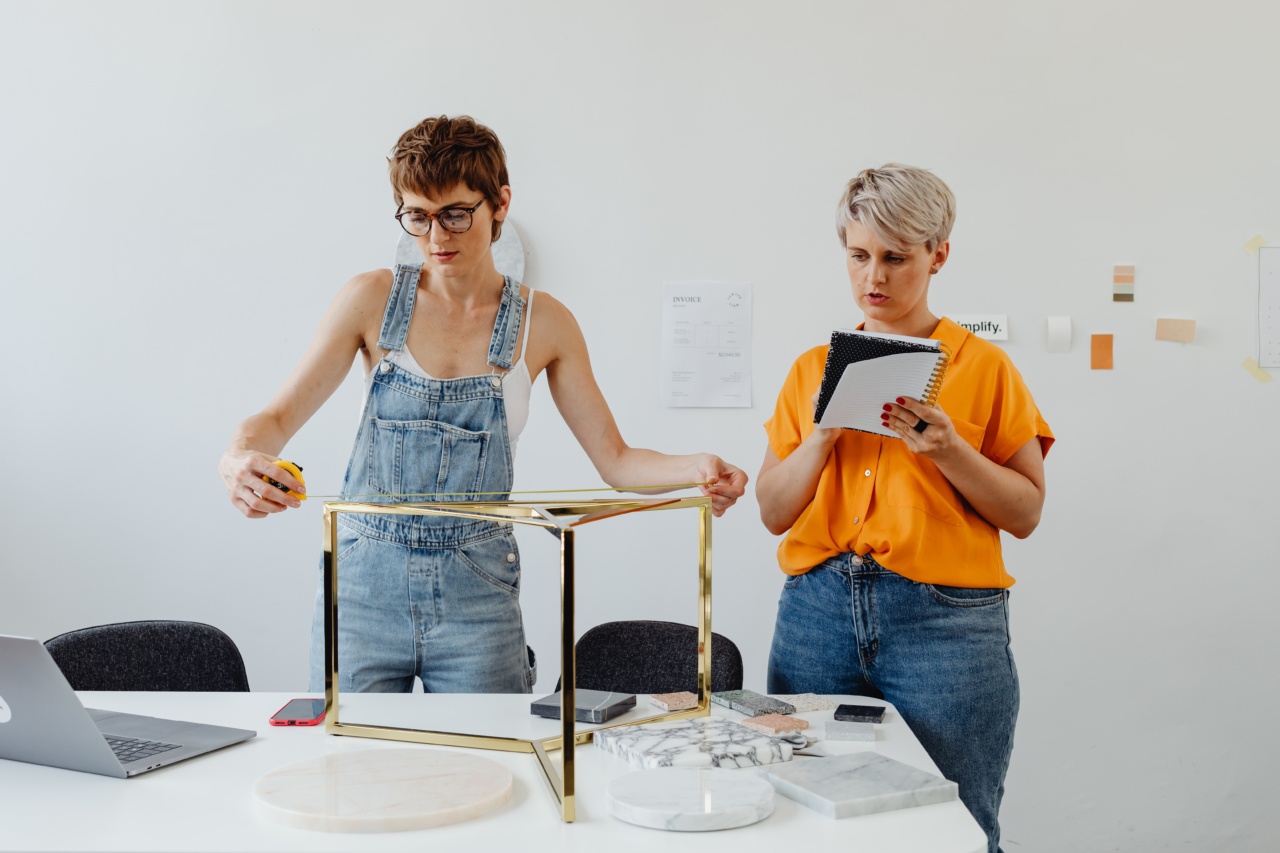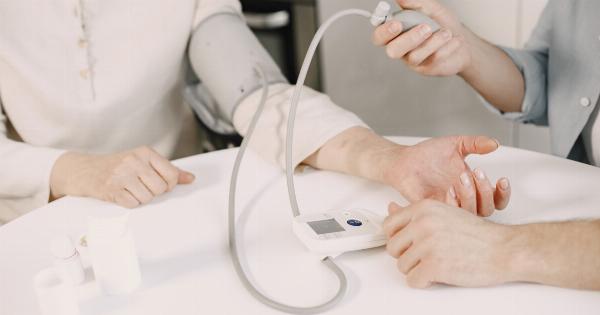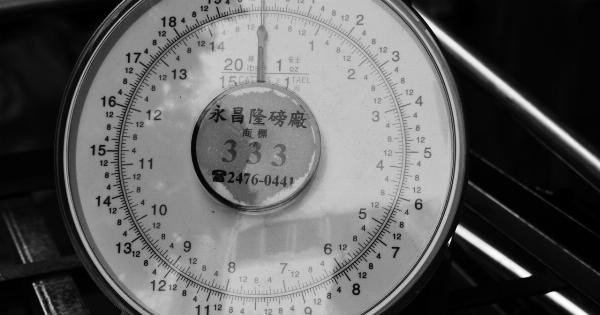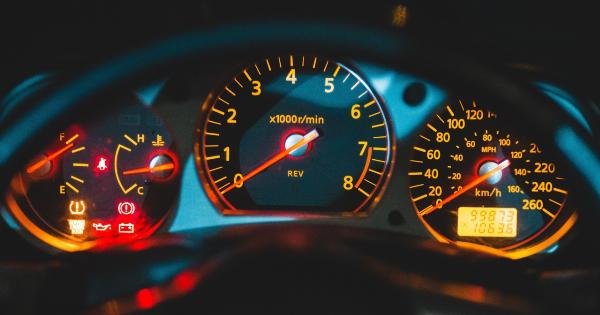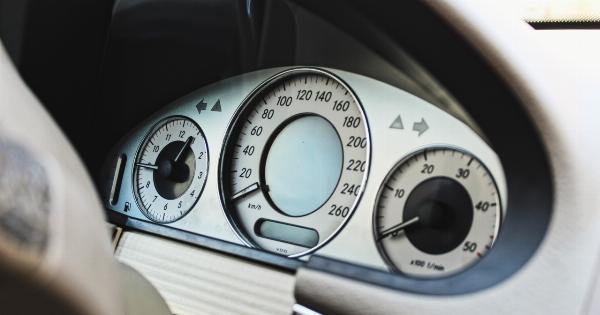Measuring pressure is a critical aspect of many industries, including manufacturing, pharmaceuticals, and aviation. However, measuring pressure is not as easy as it seems.
Many factors can affect the accuracy of pressure measurements, and making errors can lead to costly mistakes in the long run. To ensure that you are getting accurate pressure readings, avoid making these 10 common errors.
Error #1: Using the Wrong Type of Gauge
Pressure gauges come in different types, including bourdon tube, diaphragm, and capsule gauges. Each type of gauge is designed for specific pressure ranges and types of fluid. Using the wrong type of gauge can lead to inaccurate readings.
Make sure to choose a gauge that is suitable for the pressure range you want to measure and the type of fluid you are measuring.
Error #2: Not Calibrating the Gauge
Gauges can drift over time, leading to inaccurate readings. Calibrating your gauge regularly can help ensure that it is giving accurate readings. If you notice that your gauge is consistently giving wrong readings, it may be time to replace it.
Error #3: Not Accounting for Temperature
Changes in temperature can affect pressure readings. In some cases, this effect can be significant. Therefore, it is essential to account for temperature when measuring pressure.
Make sure to check the gauge’s temperature rating and compensate for temperature changes if necessary.
Error #4: Not Using the Right Units of Measurement
Using the wrong units of measurement can lead to confusion and incorrect readings. Make sure to use the units of measurement that are appropriate for your application.
For example, if you are measuring pressure in a hydraulic system, you might use pounds per square inch (PSI) or bar, but if you are measuring atmospheric pressure, you might use millimeters of mercury (mmHg) or kilopascals (kPa).
Error #5: Not Considering the Impact of Altitude
If you measure pressure at different altitudes, you must account for changes in barometric pressure, which can affect the accuracy of your readings. For example, a gauge that works well at sea level may not work as well at higher altitudes.
To ensure accurate readings, it is essential to use a gauge that can compensate for changes in barometric pressure.
Error #6: Using Dirty or Damaged Equipment
Pressure gauges can easily become dirty or damaged, leading to inaccurate readings. Make sure to check your gauges regularly for signs of wear and tear, such as scratches or dents.
Also, make sure to clean your gauges regularly to remove any dirt or debris that might be affecting their accuracy.
Error #7: Not Allowing Time for Equilibration
Pressure measurements can take time to equilibrate. If you take a reading immediately after changing the pressure, you may get an inaccurate reading. Allow time for the pressure to stabilize before taking a reading.
Error #8: Not Accounting for Zero Error
Zero error occurs when the gauge does not read zero when there is no pressure applied. It is essential to account for zero error when taking pressure measurements.
You can do this by subtracting the value of the zero error from your reading or resetting the gauge’s zero point.
Error #9: Not Taking Multiple Readings
Single readings can be affected by transient events, such as vibration, which can lead to errors. Taking multiple readings and averaging them can help reduce errors caused by transient events.
Also, taking multiple readings can give you a better idea of the variability inherent in the measurement process.
Error #10: Holding the Gauge Incorrectly
The way you hold the gauge can affect the accuracy of your readings. Make sure to hold the gauge in a way that minimizes the effect of hand pressure on the reading.
For example, if you are using a bourdon tube gauge, hold it with two hands to distribute the load evenly.
Conclusion
Measuring pressure is critical for many industries, but it is not always straightforward. Avoiding these common errors can help ensure that you are getting accurate pressure readings.
Remember to choose the right type of gauge, calibrate your gauge regularly, account for temperature, use the right units of measurement, and account for zero error. Also, take multiple readings, allow time for equilibration, and hold the gauge correctly. With these tips, you can avoid many of the most common errors that can affect pressure measurements.
